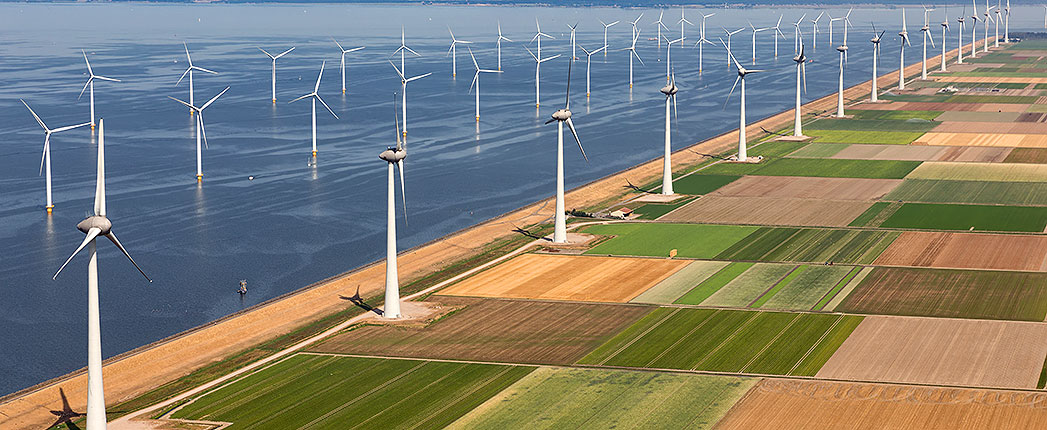
Energy demand in the European Union is forecast to decline by as much as 30% by 2050, while consumption in Africa and the Middle East is projected to increase by up to 142% and up to 40%, respectively, according to a study released Monday by BP.
Released Monday, this year’s BP Energy Outlook covers three scenario of how the world’s energy use will evolve: one assuming a rapid transition to policies that reduce carbon emissions from energy use by around 70% by 2050; a more rapid transition that BP refers to as net zero, in which shifts in societal practices reinforce policy changes to reduce carbon emissions by 95% by 2050; and business-as-usual scenario in which assumes government policies and societal practices continue evolving as they have in recent years.
EU
The EU’s energy demand is expected to decrease by a compound annual rate of 0.8 % to 2050 under the business-as-usual scenario. Under the rapid and net zero scenarios, demand is forecast to decline by slightly more, 1.1% over that time.
“Primary energy consumption in the EU declines steeply in all three scenarios, primarily reflecting ambitious efficiency mandates in buildings and industry,” BP stated.
Under the business-as-usual scenario, the company calculated that the region’s energy mix will still evolve, with oil and coal dropping from a combined 51% in 2018 to 26% in 2015. That would be down to 11% in the rapid scenario and 5% in the net zero scenario, with coal no longer playing a role.
Natural gas’s share of the EU’s energy demand is expected to edge down from 24% to 23% in 2050 under business-as-usual. However, under rapid, it would drop to 14%, and it would fall to 7% under net zero.
Renewables are expected to dramatically increase their share of EU energy demand, from 10% in 2018 to 39% in 2050 under business-as-usual. The change would be more drastic under rapid, reaching 58%, and net zero, hitting 63%. The growth in renewables is principally underpinned by growth in wind power and by solar power, the company said. Under rapid and net zero, solar power also experiences rapid growth out to 2050.
Africa
In Africa, the study projects that energy consumption will grow at a compound annual rate of 2.8% out to 2050 under business-as-usual. This would make energy demand 107% to 142% higher in 2050, depending on the scenario, “primarily reflecting increase in prosperity as measured by [gross domestic product] per head and population.”
Oil’s share of consumption is projected to decline from 42% in 2018 to 28% in 2050 under business as usual. The 2050 share is lower under net zero, at 15%, and rapid, at 17%.
Natural gas’s share is expected to experience no change from its 2018 level of 28%, remaining at that percentage in 2050 under both business-as-usual and rapid. Under the net zero scenario, its share would decline to 15%.
Renewables are projected to show dramatic growth from a tiny 2% share in 2018. That would be up to 22% under business-as-usual, 41% under rapid and 61% under net zero. Wind and solar would drive renewables, from almost zero in 2018.
Coal’s share is expected to decrease from 22% in 2018 to 13% in 2050 under business-as-usual. It would dwindle much further under the rapid and net zero scenarios, at 2% and 1%, respectively, in 2050.
Middle East
BP projects that energy consumption in the Middle East will grow at a compound annual rate of 1.1% from 2018 to 2040 under business-as-usual. Under the rapid scenario, it would grow by only a 0.2% compound annual rate, while it would decline by a 0.6% rate under net zero.
The region’s share of global energy demand would grow from 6.6% in 2018 to 7.3% in 2050 under the business-as-usual scenario. It would slip to 6.5% under the rapid scenario and to 5% under net zero.
The contribution of renewables is expected to rise from 2% in 2018 to about 7% under business-as-usual in 2050. The rapid and net zero projections for 2050 are higher, at 9% and 11%, respectively. Under the net zero scenario, solar represents more than half of renewables, ahead of wind.
Oil’s share of the region’s energy consumption will fall from 42% to 28% in 2050 under business-as-usual and rapid scenarios. The projected decline over that period is much deeper under net zero, falling to 15%.
Coal is projected to fall from a 22% share in 2018 to 13% under business-as-usual. The rapid and net zero scenarios call for a deeper decline, to 2% and 1%, respectively.
Natural gas is expected to remain stable in the Middle East to 2050, sliding from 53% of energy consumption in 2018 to 50% in 2050 under business-as-usual. The rapid and net zero scenarios forecast much steeper decreases out to 2050, to 38% and 20%, respectively.
The 2019 BP Energy Outlook documents may be downloaded from the BP website.